We toured California’s last nuclear power plant. Take a look inside

- Share via
This story was originally published in Boiling Point, a newsletter about climate change and the environment. Sign up here to get it in your inbox.
Seen from a small dive boat on a foggy June morning, the Diablo Canyon nuclear plant hardly looked like an imminent threat to the health and safety of millions of Californians — or a clean energy savior whose shutdown would spell climate doom.
Our craft zipped across calm marine waters just off the Central Coast, carrying me and Times photographer Brian van der Brug toward a rock crawling with hundreds of sea lions. Even as they started flopping into the surf and swimming toward us, bleating with excitement, I had trouble taking my eyes off Diablo Canyon’s steel-reinforced containment domes — 215-foot-high concrete structures that somehow felt small compared with the rolling hills behind them and the open ocean in front of them.
All was quiet, except for the sea lions.
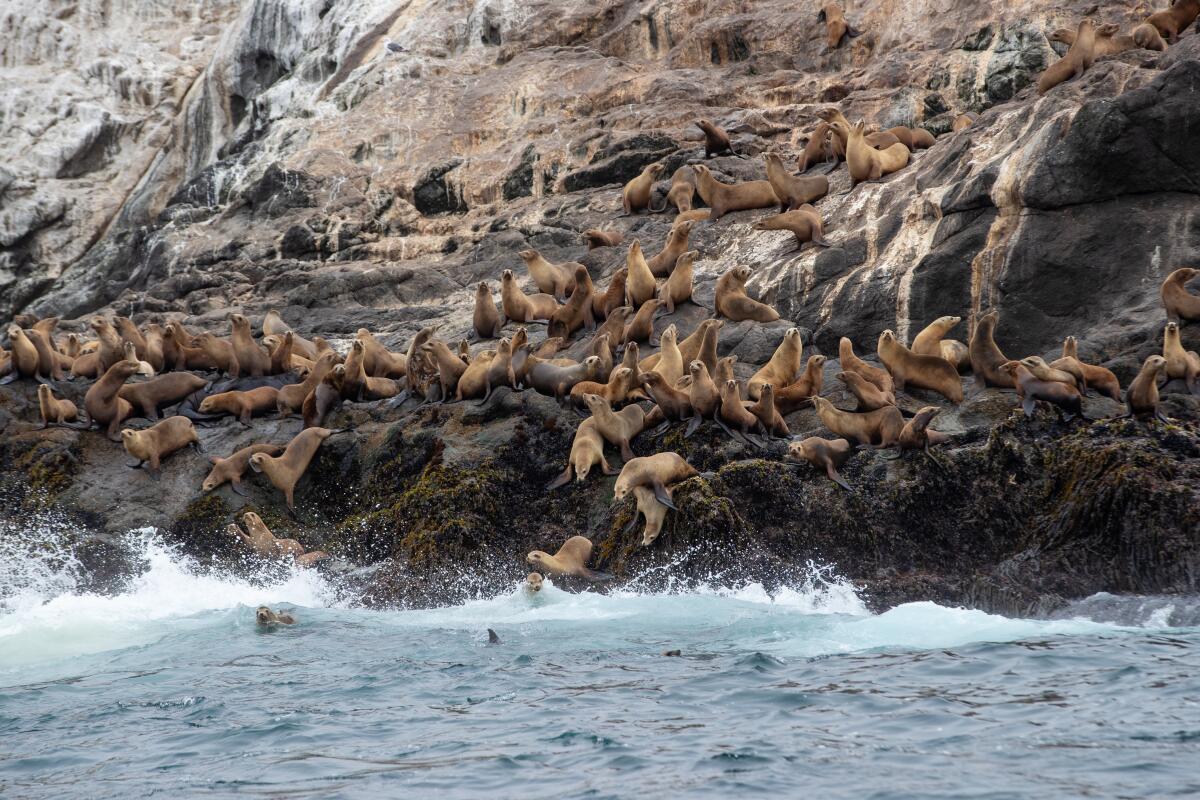
I had been asking Pacific Gas & Electric staffers to take me inside Diablo Canyon for two years, but the answer had been “no” for much of the pandemic. Now they were giving tours again. I was eager to see the state’s last nuclear plant, especially after I broke the news that Gov. Gavin Newsom wanted to keep the reactors running past the facility’s long-planned 2025 shutdown date.
The governor’s April 2022 proclamation prompted a flurry of activity, with state and federal officials scrambling to approve post-2025 operations and members of the public debating whether that was a good idea. Detractors say nuclear energy is dangerous; reactors can spew poison during a meltdown and produce loads of radioactive waste even when everything is running smoothly. Supporters counter that nuclear is badly needed to keep the lights on while phasing out climate-disrupting fossil fuels.
I’m not going to try to answer whether nuclear is safe — at least not today. I explored the arguments back in 2021, in a story that ended with my overly confident conclusion that Diablo Canyon would “almost certainly go offline” as scheduled.
What I will do today is share some observations from the tour — and take another look at the odds of the plant staying open.

We didn’t go into the containment domes, which house the reactors and can be accessed only by fully trained radiation workers.
But we did walk through the turbine building, where superheated water from the reactors is piped into two steam generators — one with an orange ring around the bottom, the other electric blue, to help workers quickly identify which is which. The water is used to create steam, which is powerful enough to spin two giant turbines and produce carbon-free, climate-friendly electricity.
I’d seen turbine-generators before — just never this big, or this loud. We wore noise-canceling earbuds as we explored the warehouse-like space, snapping pictures and looking out windows at electric lines carrying power to millions of people.
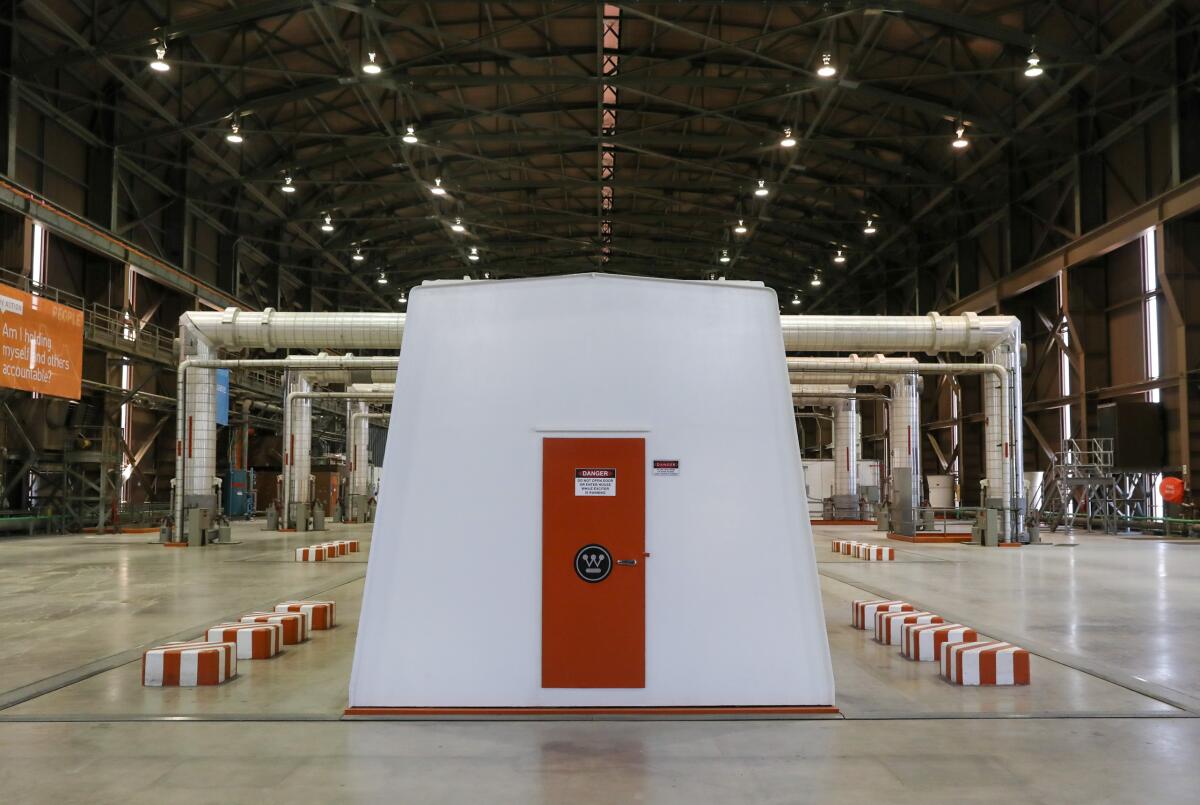
The generators can collectively produce more than 2,200 megawatts of power, making Diablo Canyon the state’s single largest energy source. The plant can run 24/7 and supplies about 6% of California’s electricity. It’s become an especially valuable asset as climate change fuels hotter heat waves that force people to crank up their air conditioners, and as California replaces fossil-fueled power plants that can fire up whenever they’re needed with solar and wind farms that are more dependent on the weather.
“Every technology has its risks,” acknowledged Tom Jones, a regulatory and environmental senior director at PG&E.
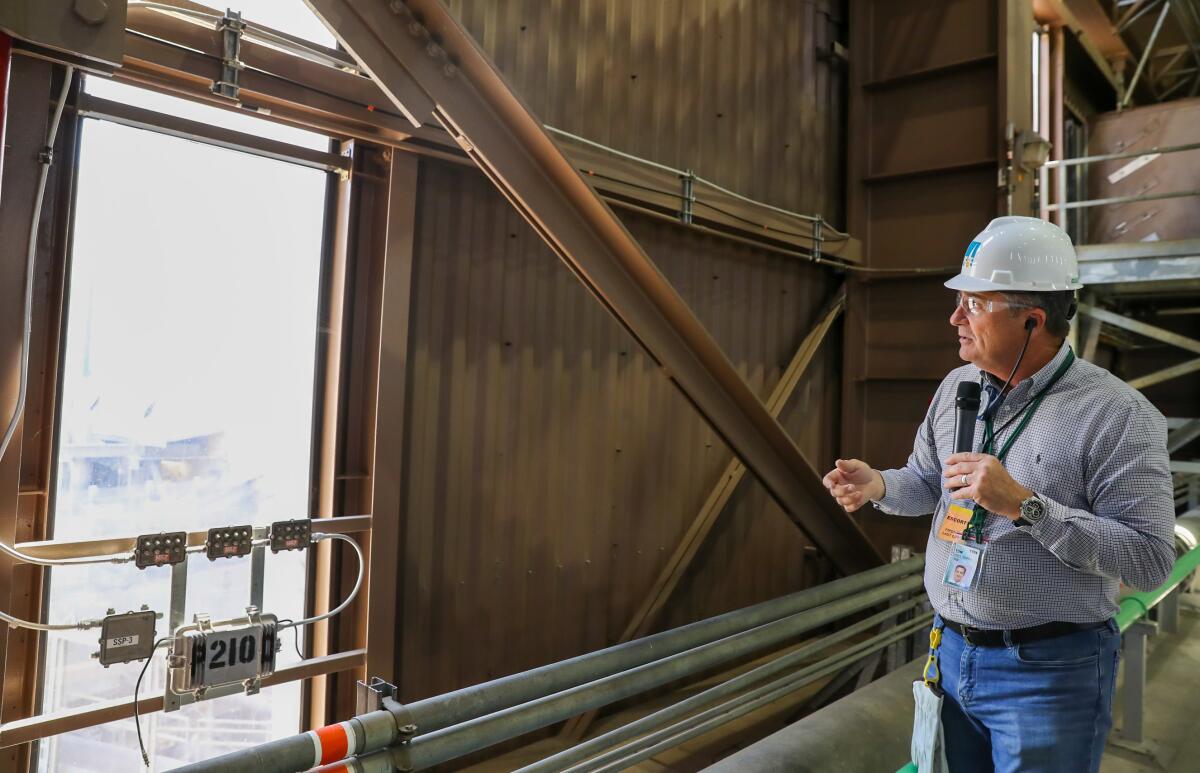
With solar and wind, the risk is blackouts — at least in the absence of a lot more batteries than we’ve got today. With coal, oil and natural gas, the risk is runaway climate change that threatens human civilization and countless animal and plant species.
And with nuclear, the risk is radioactivity.
Jones mentioned that he’d worked closely with Linda Seeley, vice president of anti-nuclear group San Luis Obispo Mothers for Peace, and he considered her a friend despite their differences of opinion. So after the tour, I called her up.
Seeley moved to the area from Minnesota with her husband and three children in the early 1980s. She’d heard about the nuclear plant under construction, and the raucous protests. But after learning that certain seismic safety features — added in response to a newly discovered earthquake fault — had been installed backward at Diablo Canyon, she figured federal officials would never allow the facility to open. So she moved to San Luis Obispo County, thinking it would be a safe place to raise her family.
Federal officials had other ideas. The two reactors began commercial operations in May 1985 and March 1986.

Seeley has now spent four decades fighting to free her community from atomic energy. When I asked her why she hadn’t moved away, she told me she loves the place too much to leave — the people, the weather, the ocean, her backyard garden.
“I would feel that I was letting other people down if I ever moved,” she said.
As global warming brings deadlier and more destructive heat waves, wildfires, droughts and other weather extremes, public opinion has shifted somewhat in nuclear power’s favor. In California, for instance, a poll co-sponsored by The Times found that 44% of voters support building more reactors in the state, compared with 37% opposed and 19% undecided.
Jan Smutny-Jones is one of many Californians whose views on Diablo Canyon have shifted.
In his younger days, Smutny-Jones told me, “I spent time holding signs against it, and all that stuff. I’ve got the ‘No Nukes’ album somewhere in my garage.” But today he leads the Independent Energy Producers Assn., an industry group whose members own renewable energy facilities and also gas plants. He’s come to see Diablo Canyon as crucial for avoiding blackouts.
“It’s obviously been beneficial, and I assume it will continue to be beneficial,” he said.
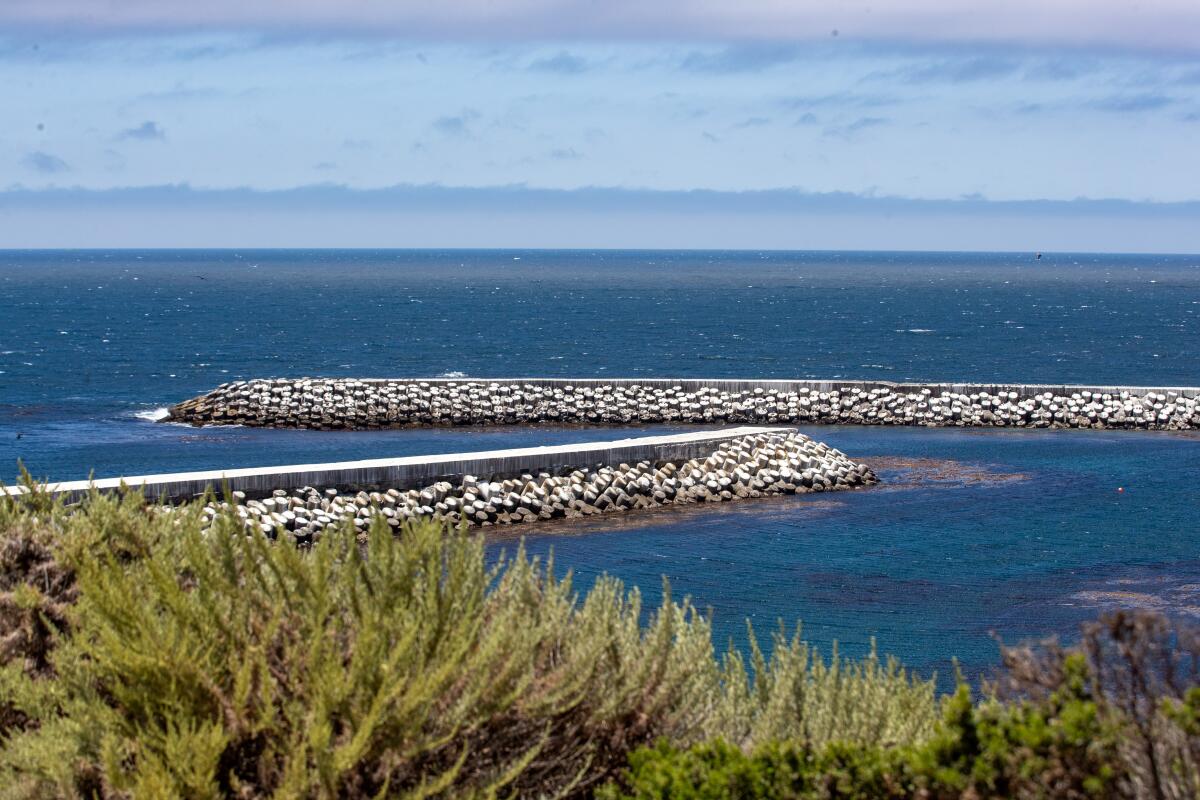
Personally, I’m sympathetic to the argument that California still needs Diablo Canyon. That’s at least partly because of my frame of reference. I was born more than a decade after the partial meltdown at Pennsylvania’s Three Mile Island nuclear plant and several years after Ukraine’s Chernobyl disaster. I grew up learning about the many ways rising temperatures are making life more dangerous for my own and future generations. I approach my journalism with climate change front of mind.
But would I want to live six miles from a nuclear plant, as Seeley does?
It’s hard for me to answer — and I’m glad I don’t have to.
Again, I’m not planning to fully litigate the arguments for and against atomic energy in this story. But nuclear supporters say the technology has a sterling safety record, with a handful of high-profile incidents overshadowing decades of safe power generation at hundreds of facilities around the world — a stark contrast with the harms caused every day by coal, oil and gas.
Critics counter that radiation and water pollution from the extraction and disposal of uranium fuel have done untold damage to human health, including on tribal lands — and that even a small meltdown risk is too much for people near nuclear plants.
“I was a midwife for 32 years. I see a lot of this through the lens of protecting the children,” Seeley said.

My tour guides at Diablo Canyon felt differently.
PG&E spokesperson Suzanne Hosn said she was seven months pregnant when she started working at the plant, and she saw no risk in it. PG&E’s Jones offered a similar assessment, telling me he’d been exposed to 300 millirem of radiation on the job during two decades at PG&E — similar to what the average American is exposed to each year due to natural background radiation.
As we looked down at the plant from an area where PG&E stores canisters of spent fuel — no photos of the domes allowed from up here, for security reasons — Jones said Diablo Canyon is so earthquake-safe he wishes he’d been here on Dec. 22, 2003, when shaking from the magnitude 6.6 San Simeon quake wreaked havoc at his off-site office but had little effect on the plant.
When PG&E agreed in 2016 to shut down Diablo Canyon, Jones said, “it was like deflating a balloon” for many of the more than 1,300 employees. But in the 14 months since Newsom called for Diablo to stay open, Jones has noticed a feeling of rejuvenation among staff. There’s a big difference, he said, between being told that you’re no longer needed and that your work is vital.
“A lot of people didn’t come here to be part of decommissioning,” Jones said.
And a lot of people are determined to ensure decommissioning proceeds as planned.
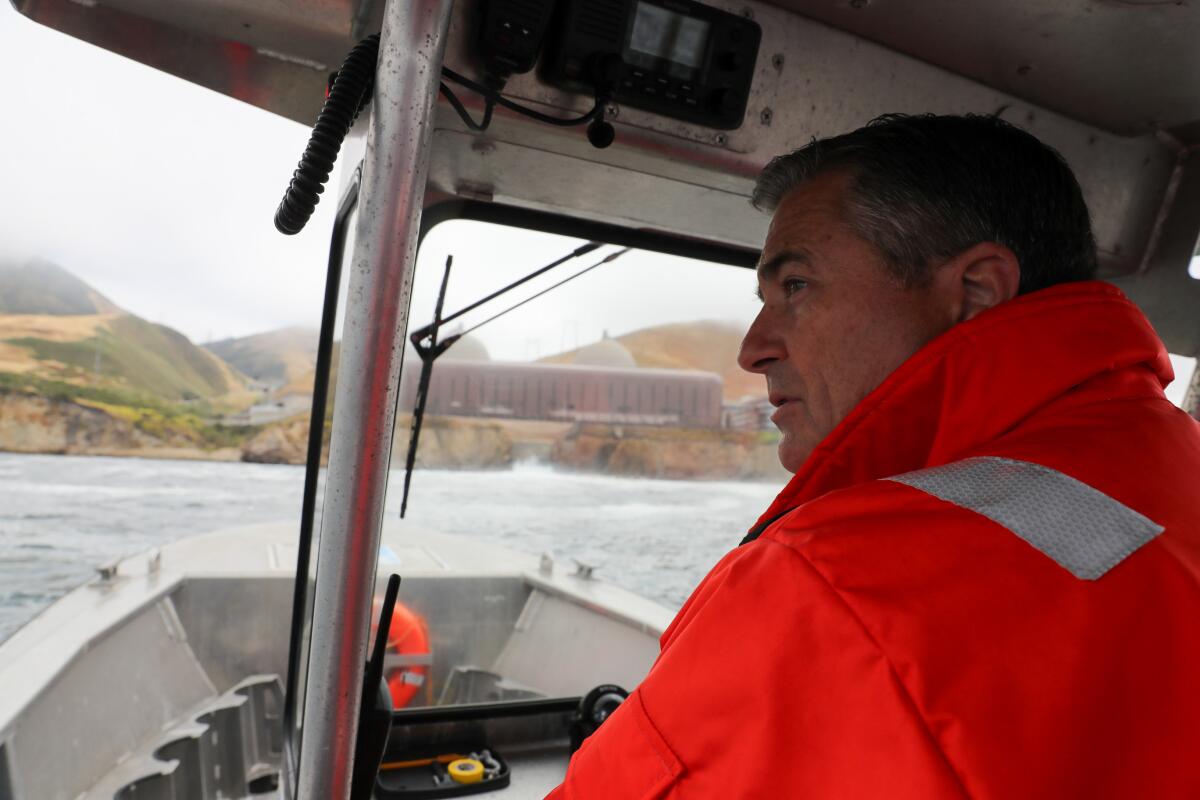
The environmental group Friends of the Earth — which was founded in part to oppose Diablo Canyon’s construction — helped broker the deal in which PG&E agreed to close the plant when its current operating licenses expire. Now Friends of the Earth is suing the company. The group says PG&E’s actions to potentially keep the plant open long-term — the utility has asked federal officials for 20-year license extensions, far beyond the five years contemplated by Newsom — constitute breach of contract.
Friends of the Earth’s legal director, Hallie Templeton, acknowledged that PG&E’s obligations “may have changed a little bit” after state lawmakers passed a bill last year directing the utility “to take all actions that would be necessary to operate the powerplant beyond the current expiration dates.” But the company “is acting as if there was never a contract,” Templeton said.
“It’s kind of confusing, because we don’t know what the contract means in today’s reality,” she told me. “We want the court to help us determine what would be a breach, what’s not a breach, what’s required.”
Templeton’s group has also joined with San Luis Obispo Mothers for Peace and the Environmental Working Group to challenge the U.S. Nuclear Regulatory Commission in federal court, arguing the agency broke the law when it gave PG&E an exemption allowing the company to keep operating Diablo Canyon after its current licenses expire, as long as PG&E submits a renewal application by the end of this year. Renewal applications for nuclear plants are typically required five years ahead of an expiring license.
A commission spokesperson declined to comment on the appeal, as did PG&E.
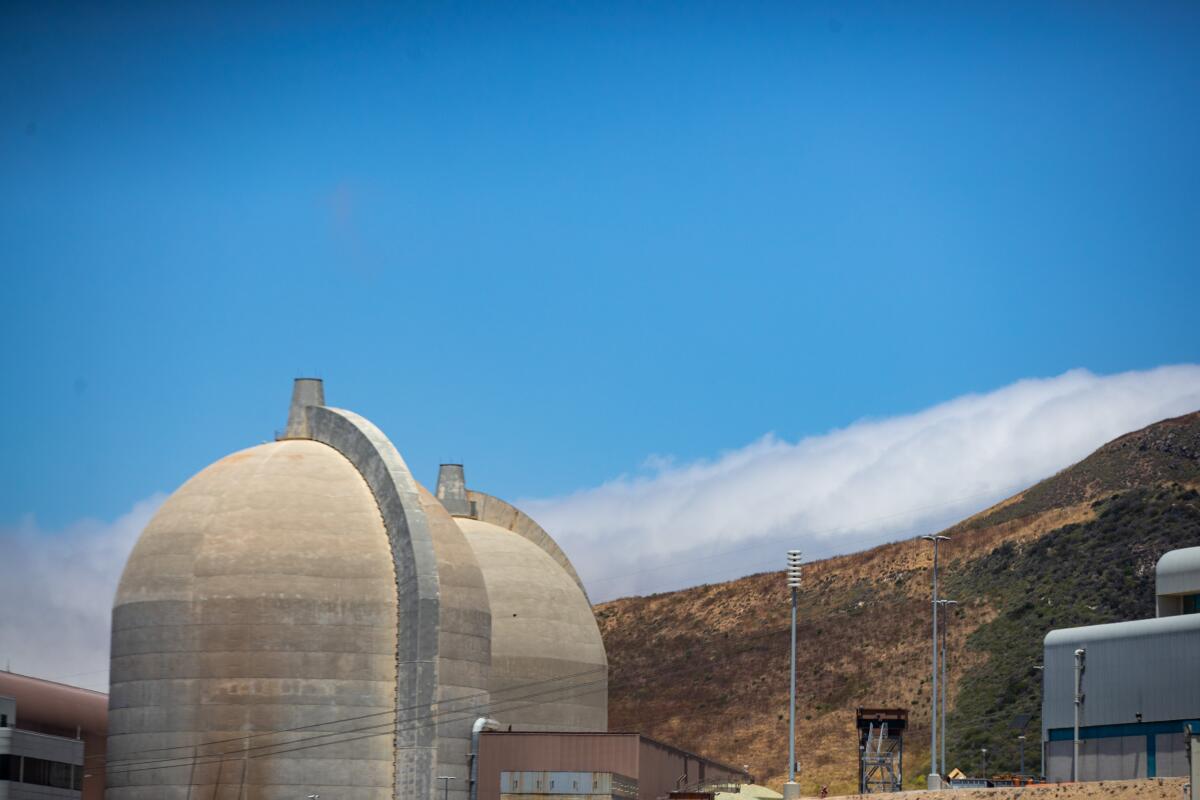
As for the breach-of-contract lawsuit, PG&E spokesperson Hosn sent me an emailed statement saying the utility “is required to follow the policies of the state,” including those laid out by lawmakers last year. The text of Senate Bill 846 says explicitly that its passage invalidates the California Public Utilities Commission’s approval of PG&E’s proposal to shut down Diablo Canyon.
Speaking of which, the Public Utilities Commission still must determine whether keeping the facility running through 2030 is necessary and cost-effective for keeping the lights on. The agency will host two hearings on July 25 to solicit public input.
It’s possible the commission will reject Newsom’s efforts to save California’s last nuclear plant. But I don’t think that’s likely. The governor appointed the commissioners, and he’s thus far gotten his way on Diablo at the Legislature and other agencies.
Then again, I’ve been wrong before.
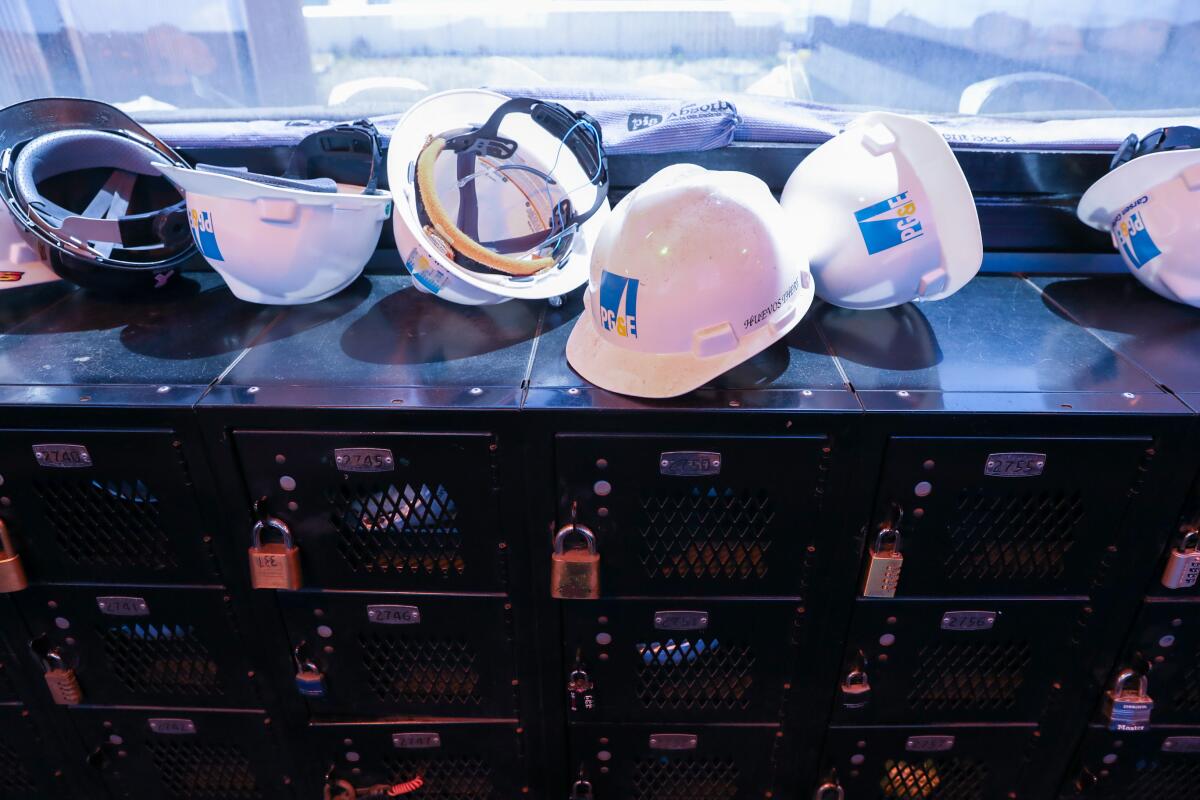
In the grand scheme of things, atomic energy almost certainly has a role to play in confronting the climate crisis.
Nuclear plants generate nearly one-fifth of the nation’s power. Replacing those facilities with other carbon-free electricity sources would require the U.S. to build even more solar farms, wind turbines and batteries — a daunting task given the pace and scale of transformation already required. And although new plants similar to Diablo Canyon are unlikely due in part to skyrocketing costs, next-generation nuclear technologies currently under development could eventually help clean up the electric grid.
Critics say government support for nuclear could actually hurt the climate cause by siphoning limited financial resources away from renewable energy. California, for instance, is poised to loan PG&E $1.4 billion to help keep Diablo Canyon running.
Critics also say nuclear plants are poorly suited for a grid dominated by solar panels and wind turbines, because the reactors can’t easily be fired up and down to fill gaps between sunny and windy periods. They’re designed to run 24/7 or not at all.
Then there’s the waste storage issue. Spent nuclear fuel can remain radioactive for tens of thousands of years, and right now there’s no national repository for plant operators to send their waste, despite ongoing efforts by the federal government to find a community willing to host such a repository. That’s why PG&E continues to store decades worth of fuel at Diablo Canyon.
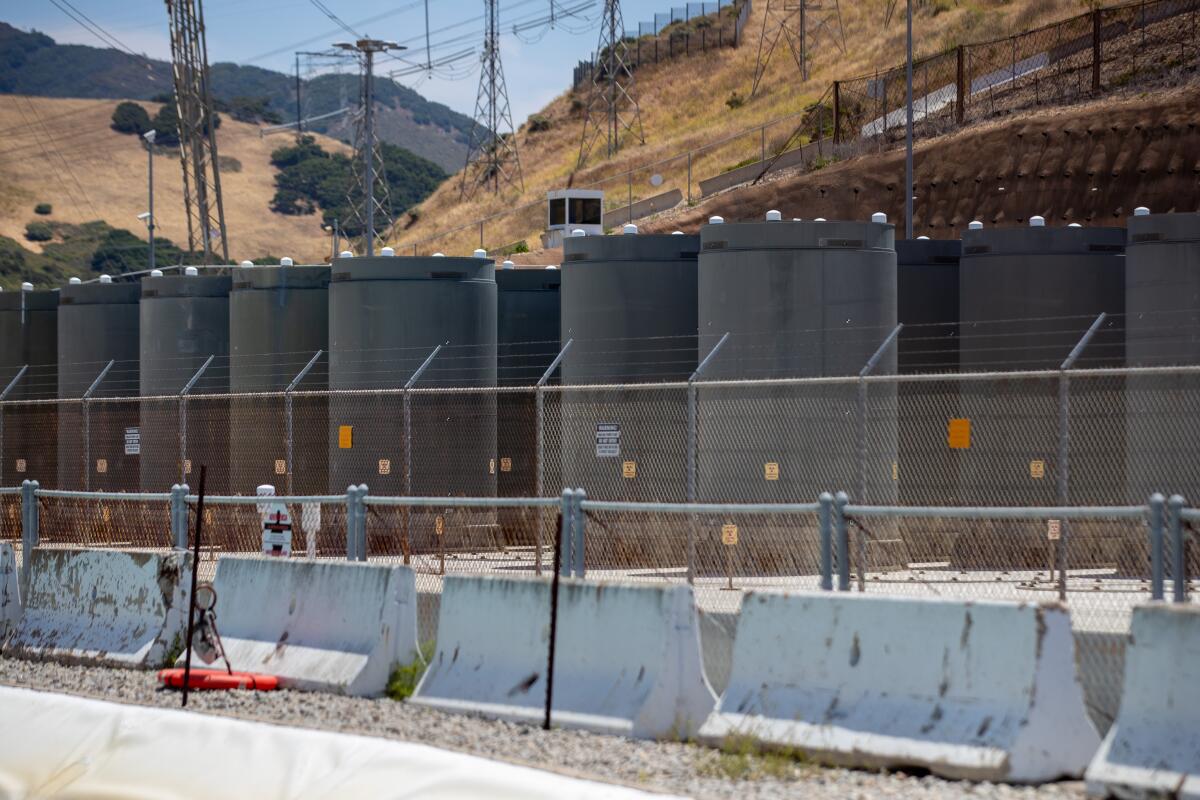
But as I wrote last week, there’s no such thing as a perfect climate change solution.
Debating the merits of different clean energy technologies is good and healthy. If you think we should limit construction of solar farms that destroy desert ecosystems — or wind turbines that kill migratory birds — that’s a discussion worth having.
Same goes for nuclear reactors. If you don’t want to live anywhere near a nuclear plant, I get it.
But every climate-friendly power source has drawbacks. If we wait for a perfect solution, we’ll be waiting a long time — longer than we can afford to wait. Scientists say it’s crucial to cut global emissions nearly in half by 2030.
No single technology is going to make it happen. We can argue about whether certain pots of money should go to nuclear or geothermal energy or carbon capture or something else. But we’ll ultimately need to spend a lot more than we are now.
And while it’s true that nuclear reactors can’t be fired up and down to complement solar and wind, the more nuclear we’ve got on the grid, the fewer solar and wind farms we’ll need — and the easier it will be to build enough of them to ditch fossil fuels.
Diablo Canyon won’t solve all of our climate problems — not even close. But it could definitely help.

If you feel the risks of nuclear power are too great to keep Diablo Canyon open, that’s fair. I’m not sure you’re wrong.
But we don’t live in the same world today as we did in the late 1970s, when then-Gov. Jerry Brown helped lead the fight against the plant’s construction. The former governor still warns of the dangers of nuclear power — but his views have shifted with the times. When I asked him last year if he would try to rescue Diablo Canyon if he were still in office, he declined to answer.
“I know some people who think it should not stay open,” Brown said. “Other friends of mine, equally intelligent, say, ‘No, keep it open for a while.’”
ONE MORE THING

As long as we’re discussing nuclear power, I’ll plug my colleague Kenneth Turan’s in-depth interview with director Christopher Nolan, whose latest film, “Oppenheimer,” tells the story of physicist J. Robert Oppenheimer, father of the atomic bomb.
There’s a big difference between nuclear bombs and nuclear energy. But they’re often part of the same conversation. I’ve heard people argue that the world would be better off without both — and that we’ve got no choice but to keep both around.
We’ll be back in your inbox Thursday. To view this newsletter in your Web browser, click here. And for more climate and environment news, follow @Sammy_Roth on Twitter.
- Share via
Watch L.A. Times Today at 7 p.m. on Spectrum News 1 on Channel 1 or live stream on the Spectrum News App. Palos Verdes Peninsula and Orange County viewers can watch on Cox Systems on channel 99.
Toward a more sustainable California
Get Boiling Point, our newsletter exploring climate change, energy and the environment, and become part of the conversation — and the solution.
You may occasionally receive promotional content from the Los Angeles Times.







